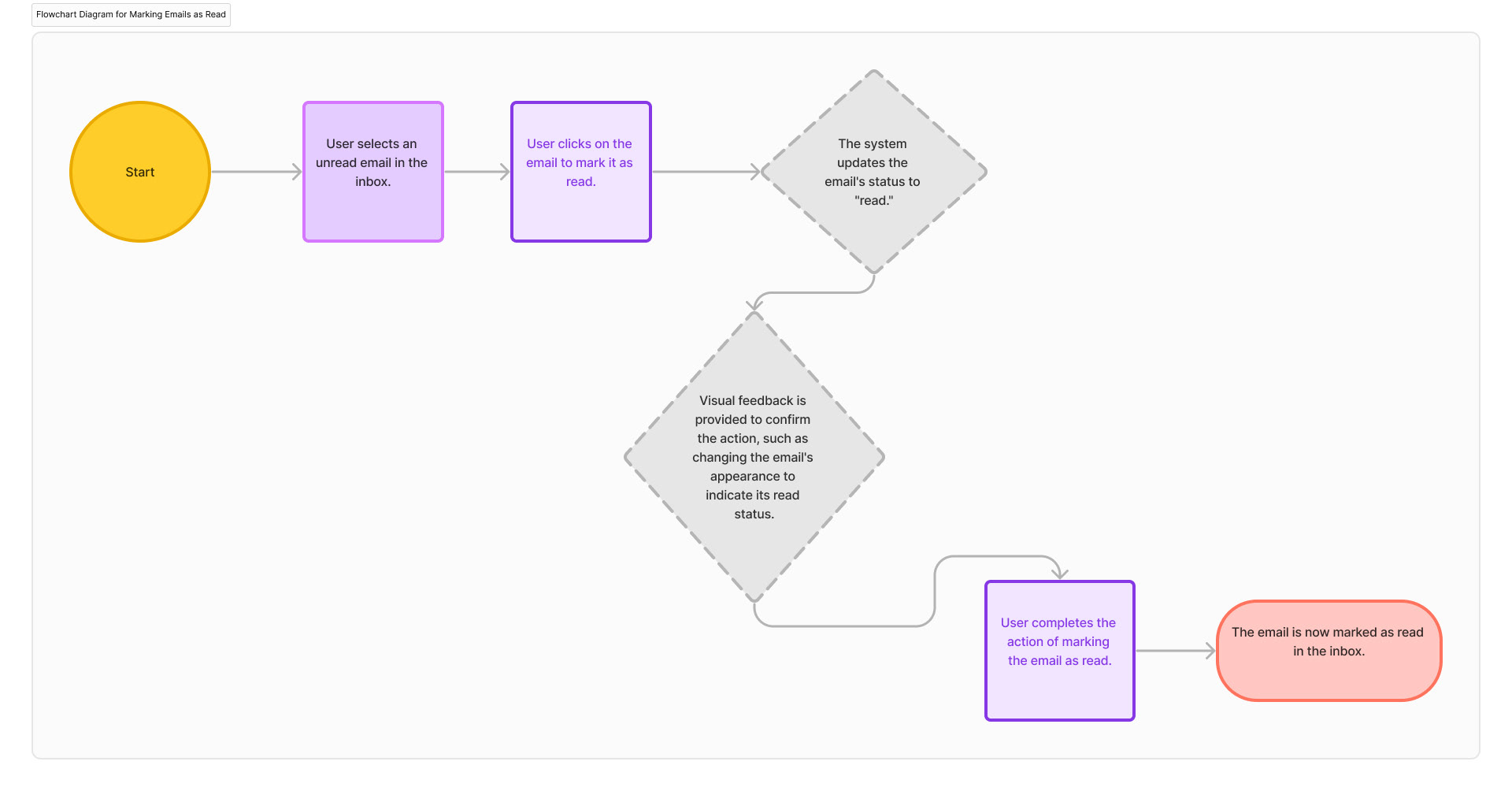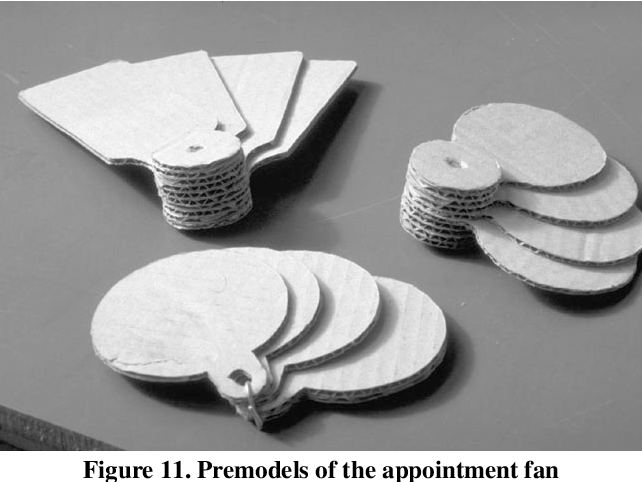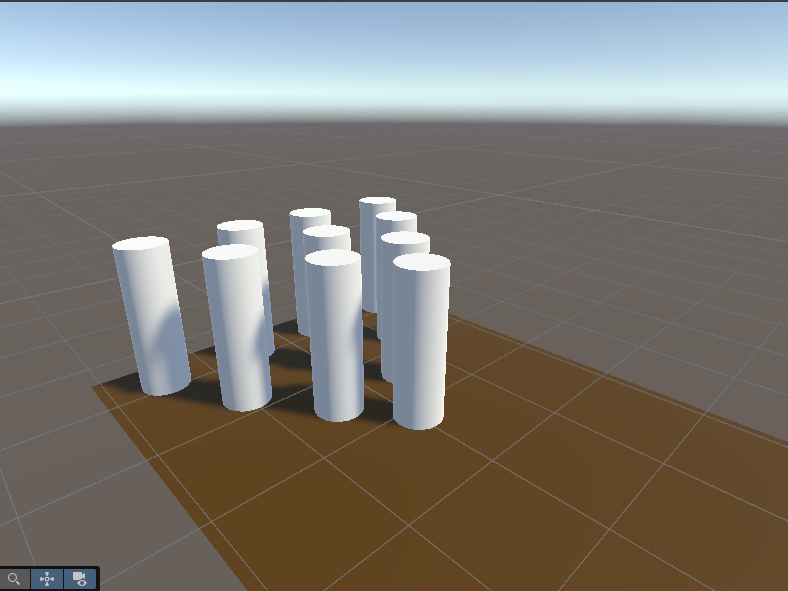Introduction:
Project Overview:
Welcome to our Interaction Design Studio 2 project, where we embark on a journey to redesign the interactions users have with desktop email clients. In this project, we aim to explore how we can enhance the user experience of email clients such as Gmail, Yahoo Mail, Windows Mail, and Apple Mail by focusing on the often overlooked aspect of email organization.
Welcome to our Interaction Design Studio 2 project, where we embark on a journey to redesign the interactions users have with desktop email clients. In this project, we aim to explore how we can enhance the user experience of email clients such as Gmail, Yahoo Mail, Windows Mail, and Apple Mail by focusing on the often overlooked aspect of email organization.
Objectives:
Our primary objective is to leverage the principles of interaction design to improve the usability and efficiency of desktop email clients. We will achieve this by:
Our primary objective is to leverage the principles of interaction design to improve the usability and efficiency of desktop email clients. We will achieve this by:
• Conducting a comprehensive analysis of existing email clients to identify their strengths, weaknesses, opportunities, and threats (SWOT analysis).
• Exploring the importance of email organization in enhancing the overall user experience.
• Proposing innovative design solutions, including microinteractions, to address the challenges associated with email organization.
• Creating a design blog page to document our process, findings, and proposed solutions.
• Exploring the importance of email organization in enhancing the overall user experience.
• Proposing innovative design solutions, including microinteractions, to address the challenges associated with email organization.
• Creating a design blog page to document our process, findings, and proposed solutions.
Focus Area: Email Organization.
Email organization plays a crucial role in managing the ever-increasing volume of emails that users receive on a daily basis. Effective organization not only streamlines workflow but also reduces cognitive load, leading to a more enjoyable and productive user experience. By improving the organization features of email clients, we aim to empower users to effortlessly manage their emails and stay focused on what matters most.
SWOT Analysis
Selected Task: Email Organization:
I will be focusing on Organization for this project. I like how Windows Mail and Gmail are organized, I think they can be better by adding categories like Promotions/Automated Emails, Personal, Business, and Education. I am not sure where or how I should be organizing this, but I do plan on making this for my project. Right now I am thinking of tabs or labels in front of emails. I am also thinking of adding a read/unread interaction of some sort, to communicate to users easier. Also thinking of removing the email preview.Precedents Analysis:
Gmail:
I like how Gmail is already categorizing their email types with 3 main categories: Primary, Promotions, and Social.
I can adopt using their category system/ Email sorting and filtering. I can avoid using too many features.
I can adopt using their category system/ Email sorting and filtering. I can avoid using too many features.
Windows Mail:
I like how simple and easy to navigate the Windows Mail is designed. I like how they approach organizing and sorting the email, especially their Accounts, and Folders.
I can adopt Windows Mail’s simple UI and avoid Limited customization options.
I can adopt Windows Mail’s simple UI and avoid Limited customization options.
Yahoo Mail:
I like this one the least. I think it’s because we all kind of slowly shifted towards gmail as our primary and default email services. I do like that they have a navbar on the left for calendar, contacts, and notepad.
I can adopt the navbar and customizability and avoid ads, clutter and integration issues.
Apple Mail:
I have never used Apple Mail in my life, but by this image alone, I am completely in love with their UI, style, and Layout.
I can adopt their layout and the calendar to the project, and avoid their Less robust filtering and organization features.
I can adopt their layout and the calendar to the project, and avoid their Less robust filtering and organization features.
Microinteractions

Smart Tagging Suggestions

Customizable Drag-and-Drop

Read/Unread emails
Smart Tagging Suggestions:
Purpose: Provide users with intelligent tagging suggestions based on email content and context to streamline the categorization process.
Benefits:
Assists users in quickly and accurately tagging emails, reducing manual effort and cognitive load.
Enhances organization and retrieval capabilities by automatically suggesting relevant tags based on email content.
Improves user engagement and satisfaction by offering proactive assistance in managing email organization.
Customizable Drag-and-Drop Folder Management:
Purpose: Allow users to effortlessly organize their emails by dragging and dropping them into customizable folders or categories.
Benefits:
Streamlines the process of organizing emails, reducing the time and effort required to manage inbox clutter.
Enables users to create a personalized folder structure tailored to their unique organizational needs.
Enhances user control and flexibility, empowering users to efficiently categorize and prioritize emails.
Read/Unread Emails:
Purpose: Provide visual cues to differentiate between read and unread emails, improving inbox management and prioritization.
Benefits:
Allows users to quickly identify unread emails at a glance, facilitating timely responses and follow-ups.
Reduces cognitive load by visually highlighting new or important emails, preventing users from overlooking critical messages.
Enhances user efficiency and productivity by promoting a more organized and focused inbox experience.












